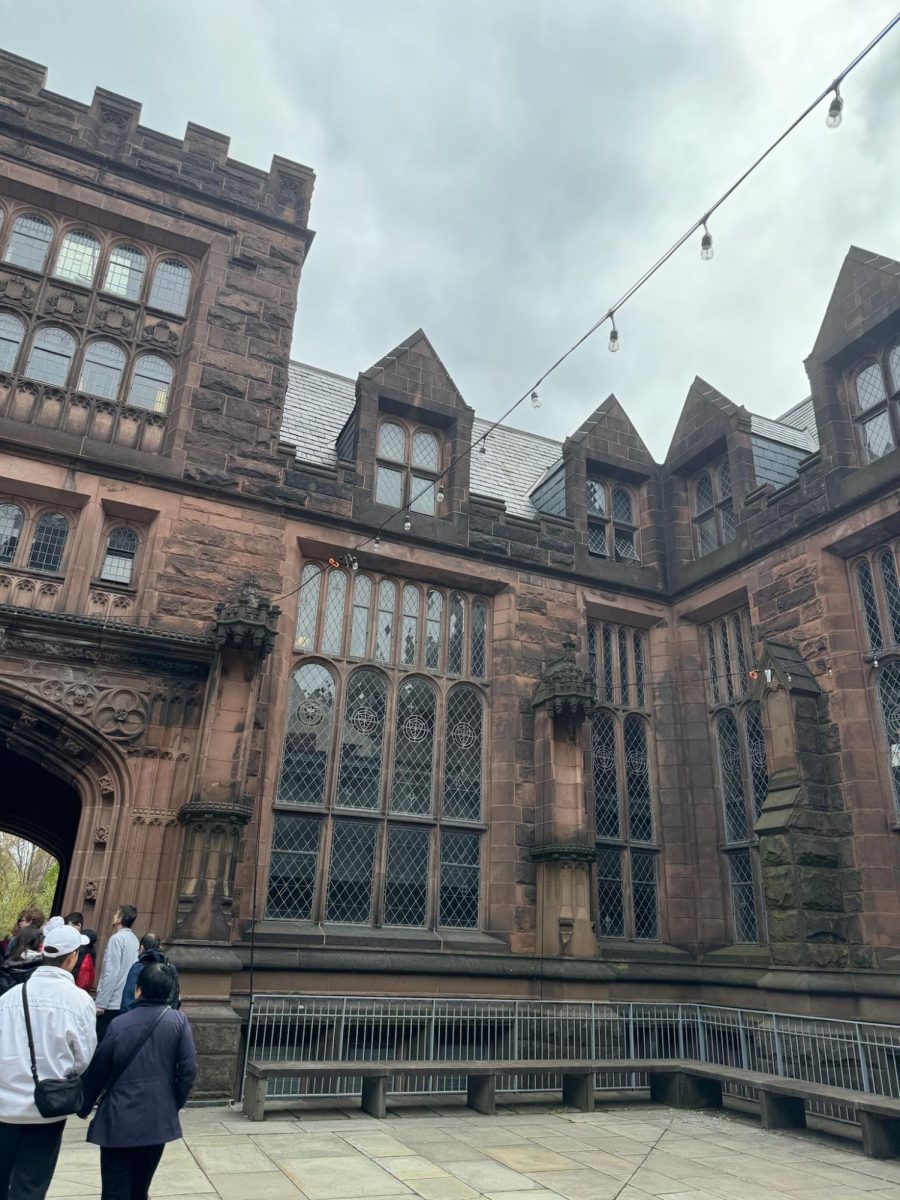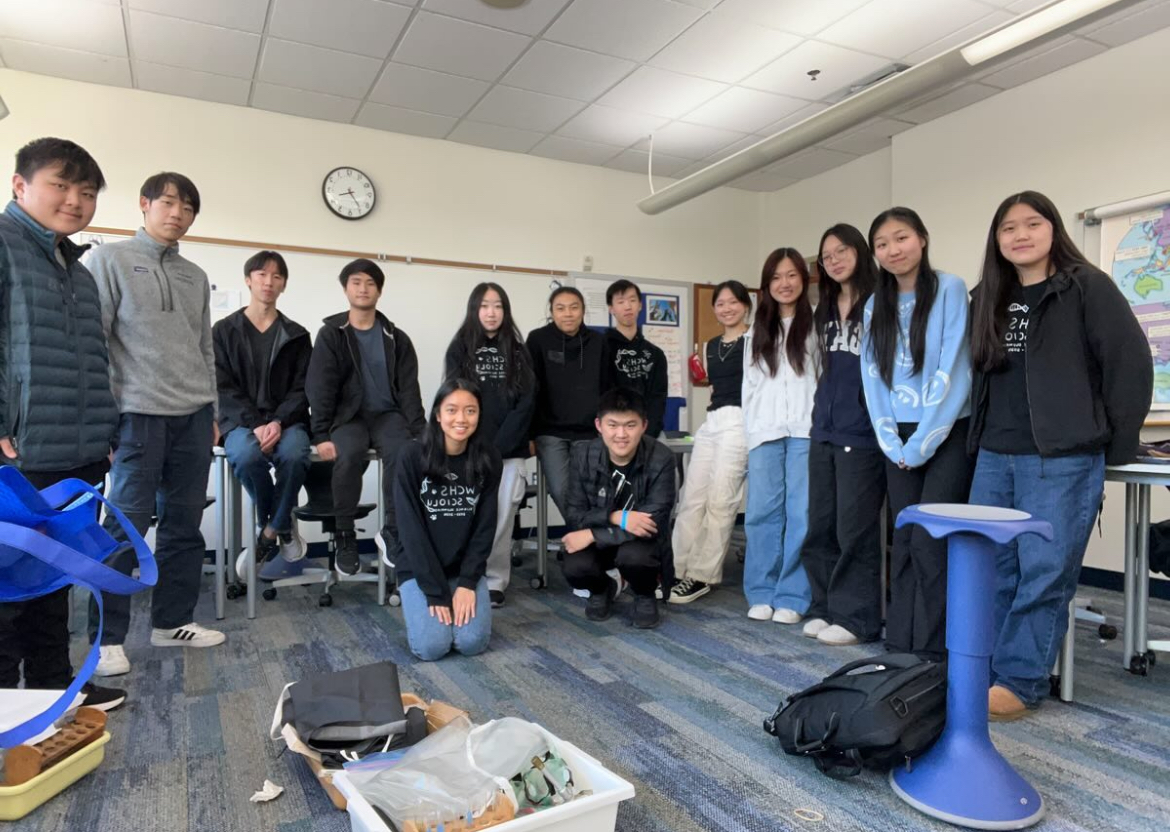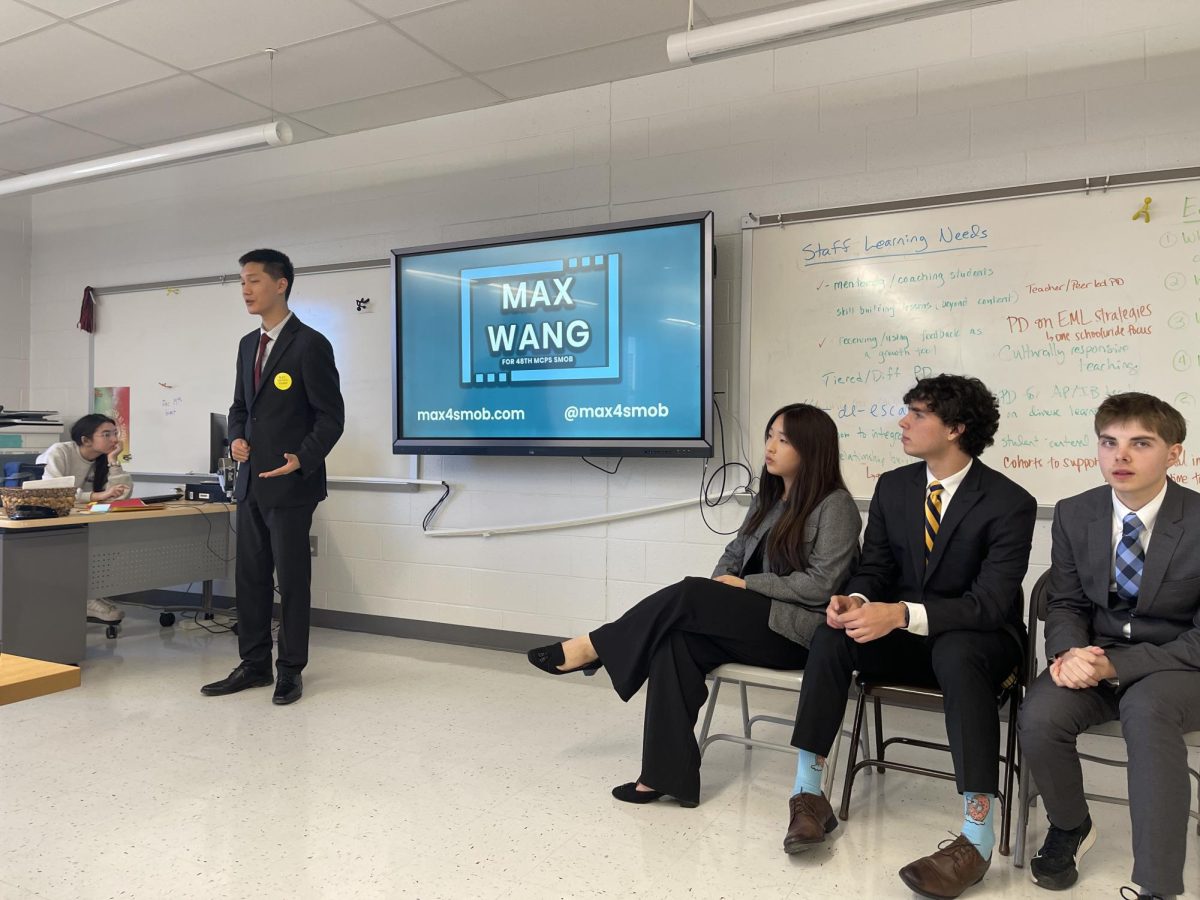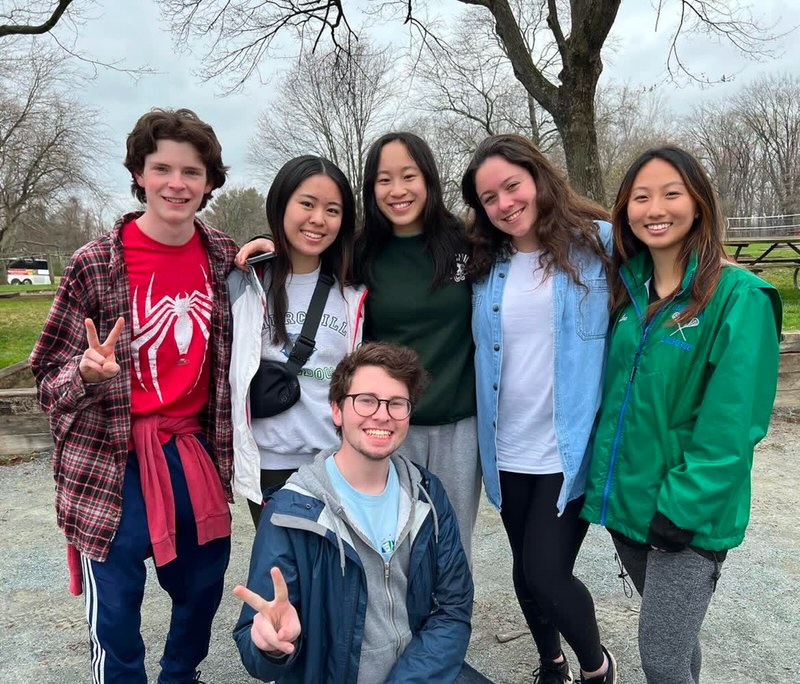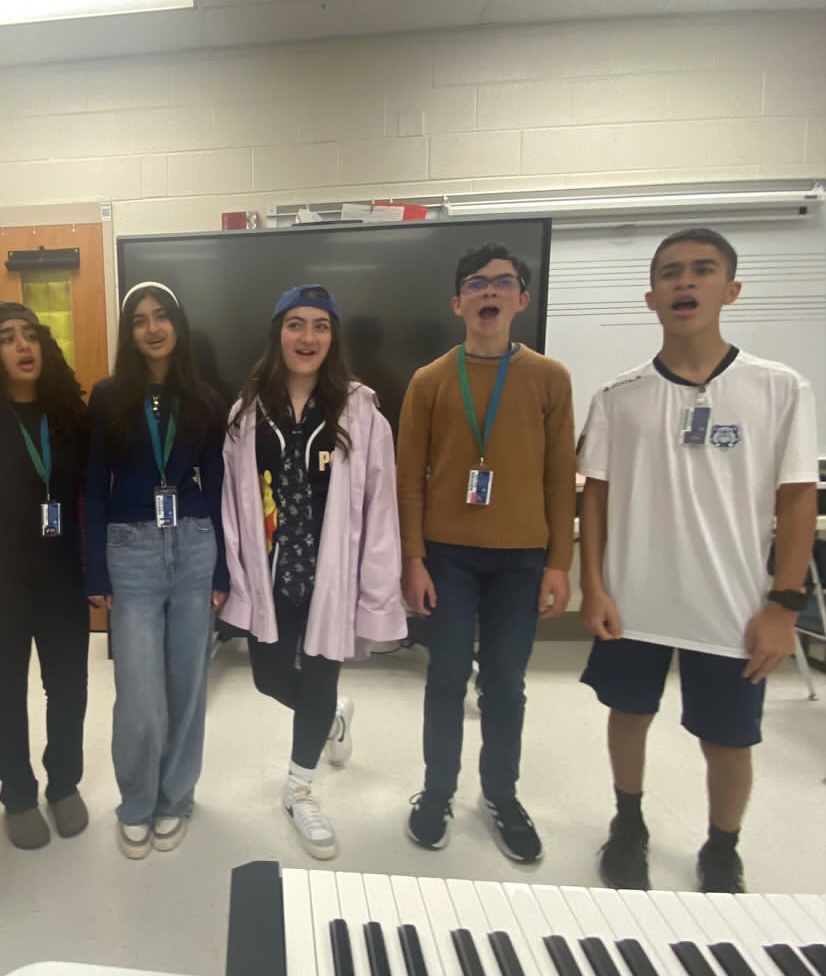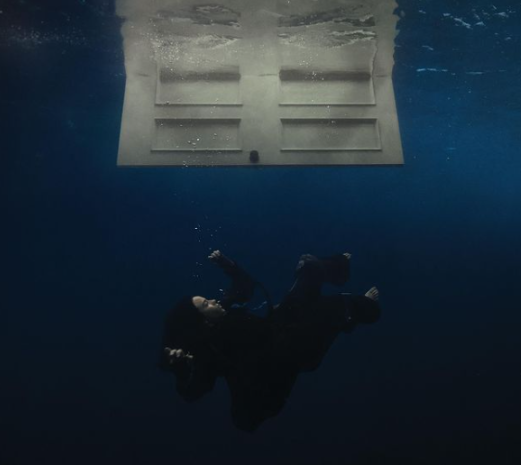Recent events, such as the earthquakes in Japan and Haiti, have left several thousand children without familes or homes, driving the public to help. The requests to adopt a child from a country that has suffered from a natural disaster typically increase significantly during a natural disaster. However, according to Megan Sullivan, program director for Alliance For Children, the rate of actual child adoptions decreases or remains the same in many of these countries.
When a natural disaster first strikes, most abandoned children are not available for adoption until it can be proven that there is no other family member left to take care of that child. The time period for this is rather long, but it is to ensure that all adoption procedures are in everyone’s best interests.
“For Haiti, the waiting period took about a year and a half,” Sullivan said. “But it really depends on the country and circumstances.”
Countries such as the US, Japan and Chile are all members of the Hague Convention on Intercountry Adoption, often referred to as the Hague Conference. According to the conference’s website, the primary goal of the Hague Convention is to prevent children from being sold or abducted from their homes.
“The Hague Convention is basically an international law to prevent child trafficking,” Sullivan said. “Ultimately they are protecting the children’s best interest.”
Haiti is not yet a member of the Hague conference. However, according to an April 2011 Chicago Tribune article, Haiti is enforcing strict adoption laws because of its fear of child trafficking, political disturbances and the destruction of important documents and records. Adoptions in Haiti practically closed after the earthquake but have recently reopened.
“We have gotten a lot more requests to adopt since then,” Sullivan said.
According to the same Tribune article, before the Haiti earthquake U.S. families adopted around 300 Haitian orphans each year. Three months after the event almost two dozen children, who were orphans before the earthquake, were adopted.
In the event that a child’s parents are found after the parents went missing and are still unfit for parenting, or do not want their child, those parents must sign papers giving up custody of their children.
When many Americans turned on their televisions and read their newspapers to get information on the Haiti disaster, they witnessed the tents and shantytowns, the survivors lived in. To this day, more than 1 million people still live in those tents and shantytowns, and 380,000 orphans still need homes.
“In my case if I had not been adopted I would not have had the life I have now, so maybe for others it is the same,” freshman Erica Spaeth said. “If I were ever in a situation like the kids in Japan or Haiti, I would feel happy to be adopted into a U.S. family rather than being alone.”
Some adoption experts feel that a better alternative to help children, rather than adoption, is to donate money.
“Sometimes the best thing to do is just donate money because it is not in the child’s best interest to be taken out of their home country,” Sullivan said.


